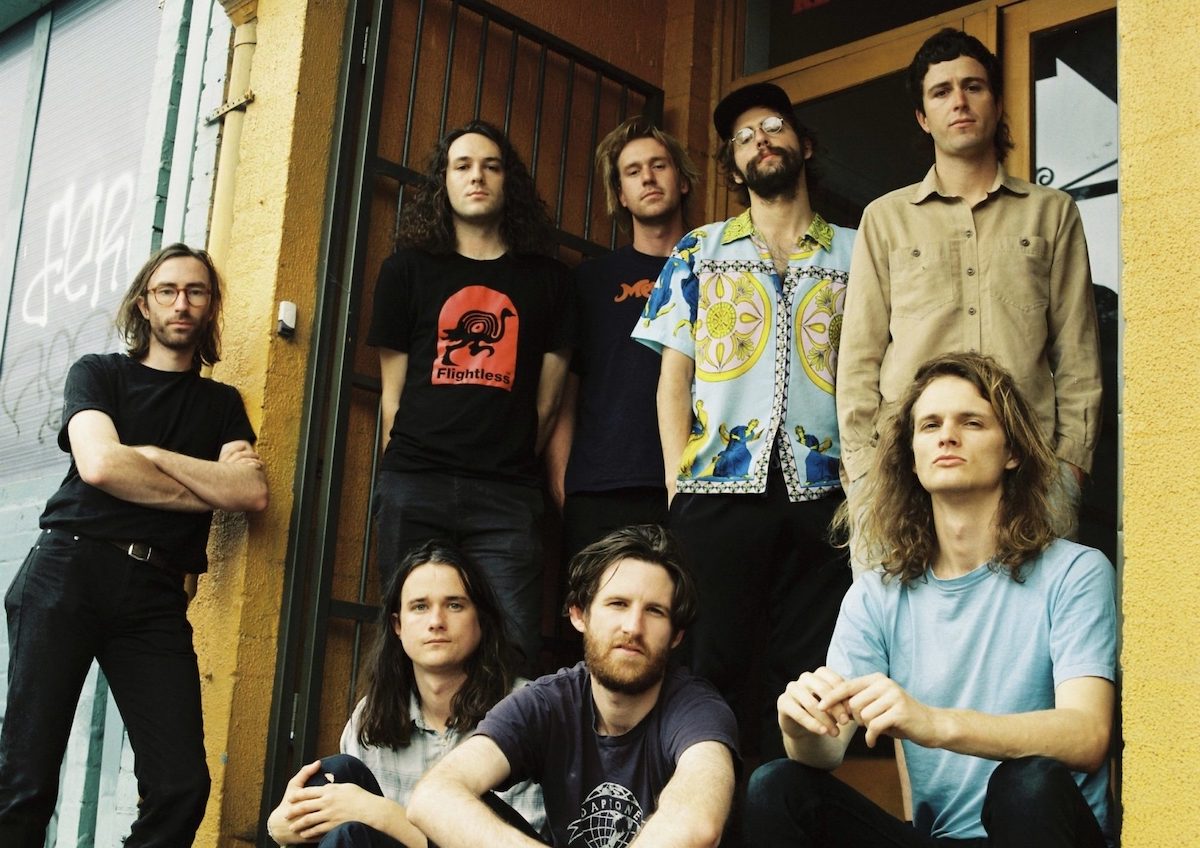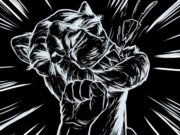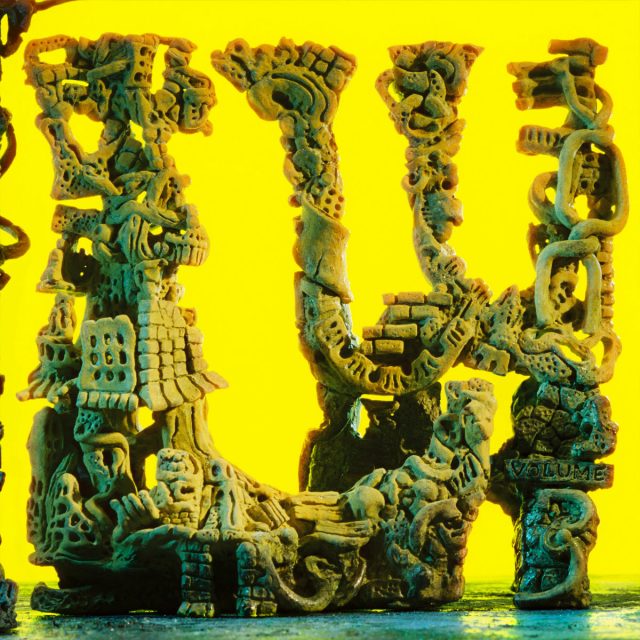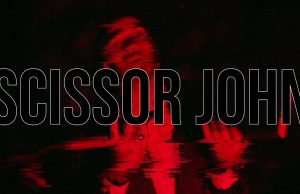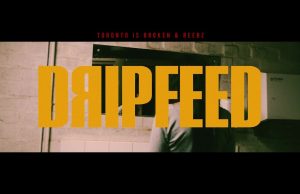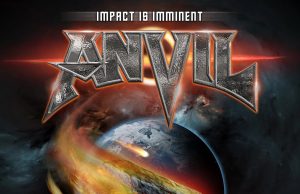THE EDITED PRESS RELEASE: Freewheeling six-headed freak-rock beast King Gizzard & The Lizard Wizard have returned with their 17th album L.W. Serving as both a companion piece to its 2020 predecessor K.G. and a standalone work in its own right, L.W. sees the Melbourne-based innovators produce a truly original creation. After a full decade of increasingly frenzied productivity, the inability to tour during 2020 and into 2021 allowed the band to find a window of time in which, as frontman Stu Mackenzie puts it, “reset our brains, and try to figure out how to do a different thing.”
While in the past King Gizzard might have recorded 14 or 15 songs to make the cut on a 10-track album, thanks to the extra time on their hands, they instead recorded 19 complete tracks back to back. “For me personally, making a record is always a certain percentage of fun and a small percentage of agonizing over it too,” says Mackenzie. “But there’s always a wild alchemy going into it. Like, you don’t really know what you’re doing, you’re just kind of throwing all of your emotional energy into nothing, which becomes … something?”
The result: A twin-set of records that expands upon the band’s microtonal explorations first heard on 2017’s Flying Microtonal Banana — regarded by many fans, and Stu himself, as one of their favorite Gizzard albums. Then as now, the band embarked upon a search for “the notes between the notes,” via modified instruments and the Middle Eastern tunings usually found on the bağlama, a Turkish stringed instrument. “We wanted to make new music that was somehow more colorful this time around, and which maybe reflected the many new things that we have learned along the way,” Stu explains. “After recording Flying Microtonal Banana, the songs expanded when we played them live, so we felt ready to tackle the microtonal landscape again. Making these two new records was not expected, but because they were recorded in a way that was new to us — not being in the room at the same time — there was a feeling of almost being over-prepared, which is definitely not normal for us. Whatever normal is.”
On L.W., very different — and occasionally wonky — worlds collide. Album opener If Not Now, Then When? morphs from mangled eastern rock into taut funk in a manner that somehow makes complete sense, while the amorphous and exotic Pleura is a pungent gumbo of heady microtonal strings, tumescent riffs and endless surprises. Then there’s the slinky Ataraxia, which slithers like a sidewinder through the dusty catacombs of the imagination and the utterly disorientating See Me, which is nothing less than the national anthem of a scorched planet hitherto undiscovered. Here is an album that pulls, pushes and contorts western music into new shapes. Though some might categorize it as such, this is not ‘world music’ but ‘universal music.’
Only when this new clutch of songs was nearing completion did it become apparent they would form two separate releases. Such creative ambition and bold ideas have been King Gizzard’s stock in trade since Day 1. Let’s not forget this is a band whose innovative ideas have included — amongst other things — giving away the parts of an entire album for scores of international indie labels to press and sell themselves, writing a suite of songs that clock in at precisely 10 mins and 10 secs each, and producing a sludgy-stoner concept album about a lonely robot. So why record one album when you can record two?
Narratives are woven through the music across both releases: L.W. ends, for example, with the same track that opens K.G. (K.G.L.W, obviously). Fans of the band will already be aware of similar such patterns embedded throughout their oeuvre: The award-winning, hard-riffing 2016 album Nonagon Infinity was a never-ending Möbius strip of music that looped in on itself. It was the type of iridescent collection of interlocking songs that you could imagine playing forever in a black hole as it spins on ever-deeper into the darkest reaches of the cosmos.
“I like to order a record early,” says Stu of these intricate structures and grand thematic concepts, in whose creation piles of maps and diagrams are often required. “That’s something that I often do. And usually, the easiest one to slot in is the opener, so listening back to L.W. a theme song of sorts emerged. The outro is like a mirror image of the intro. And as we worked on it, it kept growing, as a lot of our songs do. In this case it just kept getting more and more ridiculous. I’m not sure how he acquired them, but Joe (Walker, guitarist) got all these crazy samples that he put on there. There’s an MRI machine, hammers, power tools, a drawbridge, a chainsaw, an angle-grinder. Cookie played a hammer and an anvil. It’s very metal. Literally.”
As the band enter their second decade — with their frontman still only 30 years old — the creative future of this most 21st century of outfits only promises to be bolder, madder and more imaginative than ever. Their place in the pantheon alongside such disparate predecessors such as The Grateful Dead, Hawkwind, Frank Zappa, The Doors, Black Sabbath and AC/DC is assured; though rest assured The Gizz prefer to always face the future than the past.
“We’re actually probably not as considered as people think that we are,” Stu concludes. “I’m always just trying to be in the band that I want to be in. But I’m also trying to be the band that I wish I could follow as a fan; so we’re both of those things at the same time. And I think that’s where my decision making lies: I’m always asking, what is the most fun thing we can do? If there’s a strategy at all, then it’s that.”
If the rumors emanating out of Melbourne are to be believed, King Gizzard are about to entire another fertile purple patch.
